Many people instinctively ran to doorways during the earthquake. This reaction stems from outdated safety advice.
Doorways are no longer considered safe spots during earthquakes. Modern building designs have rendered this practice obsolete and potentially dangerous.
Doorways: Structural Weakness in Buildings

Experts warn against using doorways for earthquake protection. Openings like doors and windows create structural weaknesses.
These areas may be more susceptible to damage during seismic activity. Lingsen Meng, a UCLA professor, advises staying away from doorways.
Avoid Running Outside During Tremors

Running outside is another common but dangerous reaction. Exiting buildings during shaking increases injury risk.
Falling debris and collapsing structures pose significant hazards. Stay inside until the shaking stops, then evacuate if necessary.
Drop, Cover, and Hold On
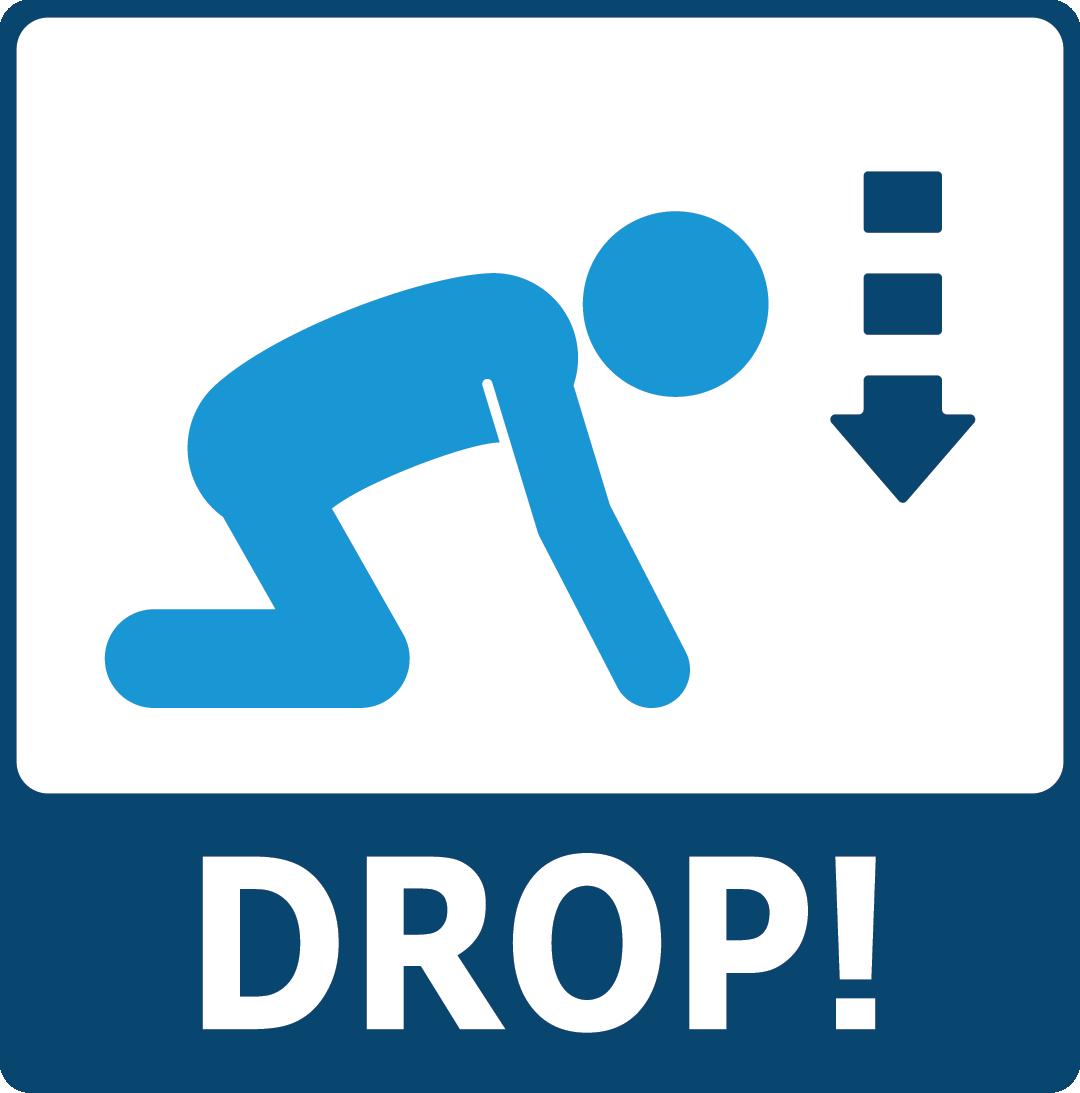
The recommended earthquake response is “Drop, Cover, Hold On.” This strategy has been promoted since the 1980s.
It involves dropping to the ground, taking cover under sturdy furniture, and holding on. This method protects against falling objects, the leading cause of earthquake injuries.
Seek Shelter Under Sturdy Tables
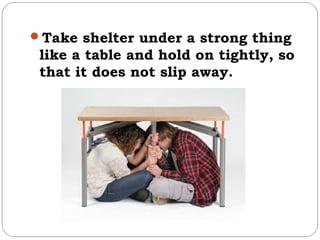
Crawling under a sturdy table offers protection. Tables can shield you from falling debris.
If no table is available, crouch and cover your head. Reduce your exposed area to minimize injury risk.
Stay Put: Inside or Outside
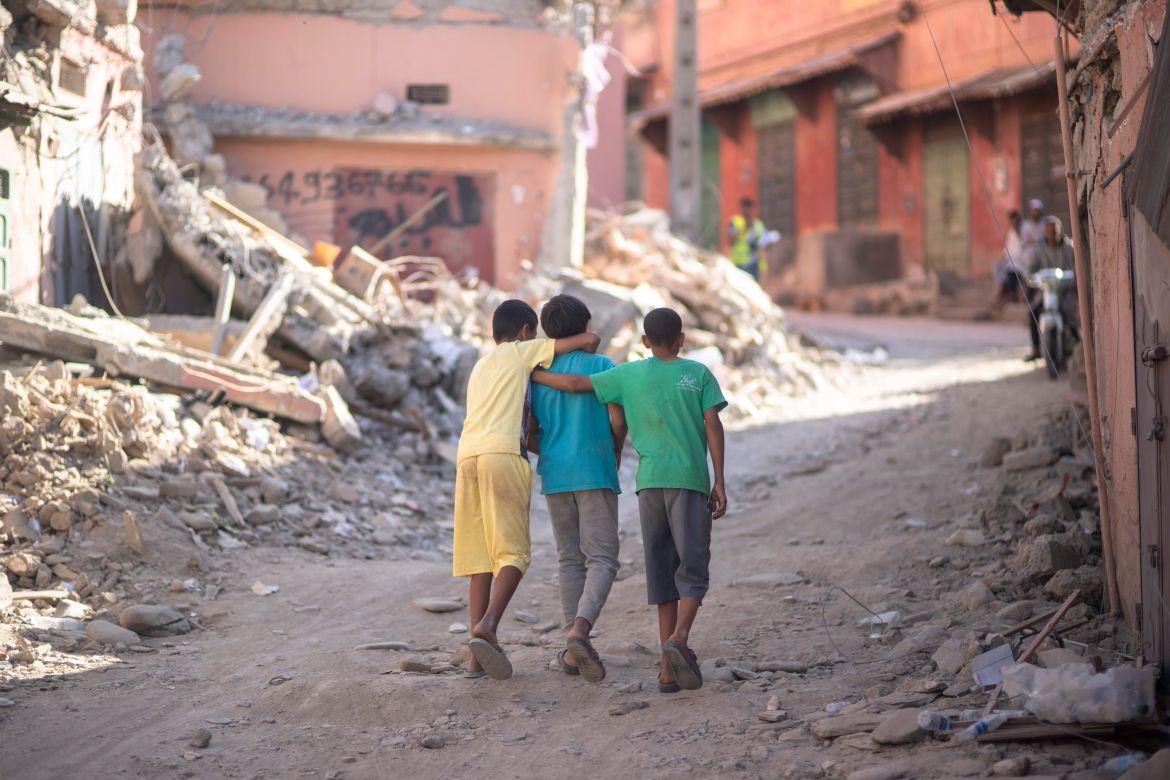
Remain in your current location during an earthquake. If indoors, stay inside until shaking stops.
If outdoors, move to an open area. Avoid buildings, trees, and power lines that may collapse.
Drivers Should Stop Safely
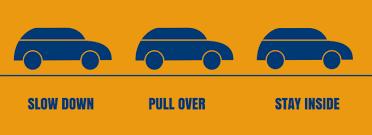
Motorists should stop as quickly and safely as possible. Pull over to a clear area away from buildings.
Stay inside the vehicle until shaking ceases. Be aware of potential road damage or falling debris.
Aftershocks: Unpredictable and Dangerous
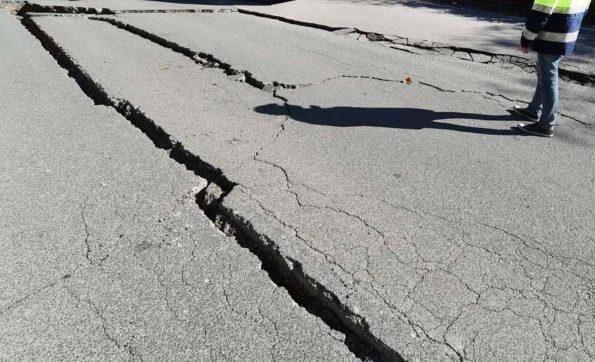
Aftershocks often follow major earthquakes. The USGS warns of possible future tremors in the area.
These can occur weeks after the initial quake. Always be prepared to drop, cover, and hold on.
CDC Provides Situational Earthquake Guidance

The CDC offers specific advice for various scenarios. They address situations in high-rises, stadiums, and other locations.
Their guidelines emphasize adaptability to different environments. Visit the CDC website for comprehensive earthquake safety information.
Texas Schools: Earthquake Preparedness Drills
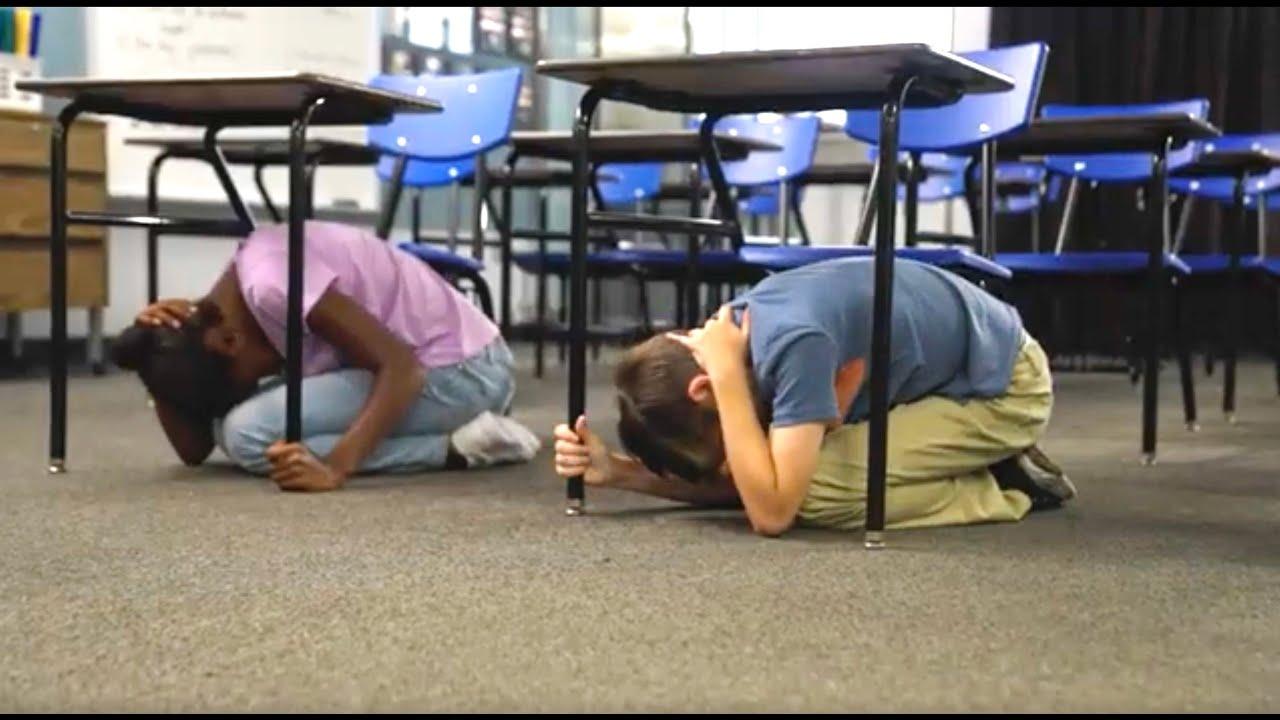
Texas schools are incorporating earthquake drills into safety protocols. These drills teach students the “Drop, Cover, Hold On” technique.
The Texas School Safety Center provides resources for earthquake preparedness. Regular practice helps students and staff respond effectively during actual emergencies.


